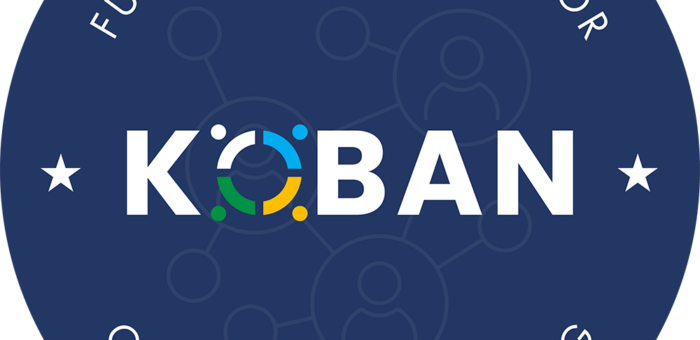
KOBAN
KOBAN Identifying future capabilities for Community Policing Across Europe society is changing due to demographic, technological and economic developments. Communities are getting more diverse, both in real life and online. This challenges Law Enforcement Agencies (LEAs) to engage with, and to reassure, communities about safety and security matters in a trustful way. The changing status quo is significantly shaping perceptions of policing, requiring adaptive strategies. To address these challenges, the KOBAN project will create an innovative, research and practice-based Community Policing (CP) initiative, adopting an evidence-based approach. It will focus on co-creation and collaborative security between LEA and non-LEA community members, leading to mutual trust and respecting each other’s contributions. This results in a greater sense of security, whilst contributing to an overall increase in the efficiency and effectiveness of…





